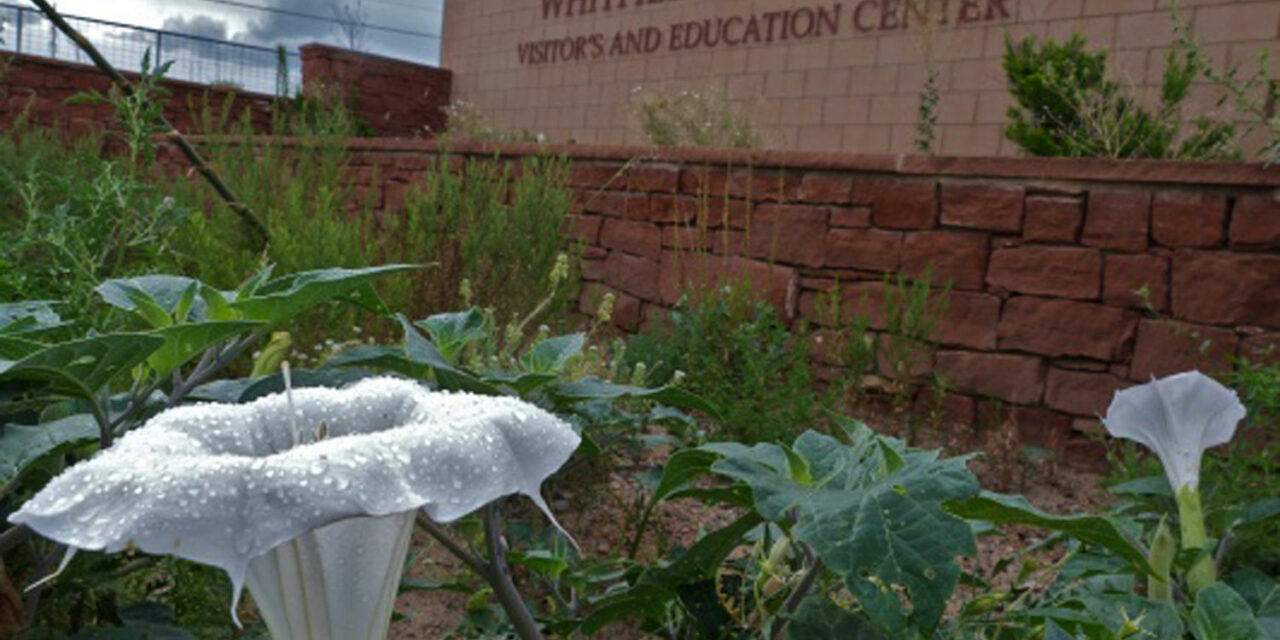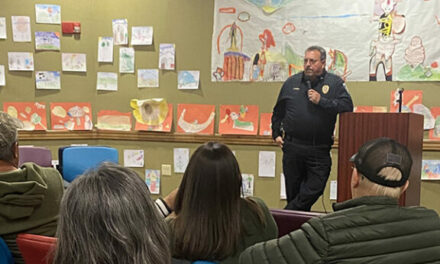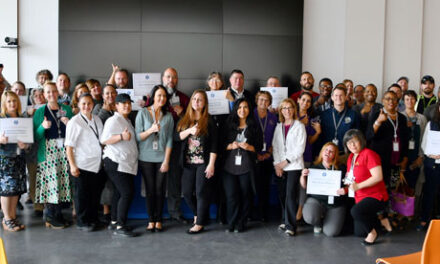After six years, a local government agency is hoping voters will support an increase to the property tax it’s been imposing and collecting.
On the Nov. 5 ballot, along with candidates running for three board seats, is a mill levy — property tax — question by the Valencia Soil and Water Conservation District.
Are people willing to pay $1 per $1,000 of net taxable value to support the district’s operational needs and educational goals?
The proposed levy is an increase to the quarter mill passed by voters in 2013, with 284 votes in favor, 136 against, a 2-1 margin.
While the quarter mill levy had an expiration date of 10 years, the new one mill would run indefinitely. That change came during the Legislature’s rewrite of state election code in 2018.
“The removal of the sunset clause brings us into alignment with other bodies with taxing authority,” said VSWCD board president Abel Camarena. “That wasn’t something the district decided.”
If the full mill does pass, and county residents are unhappy, they can petition to recall the levy.
How much the one mill will cost individual taxpayers depends on the value of their property. An 1,800-square-foot home on 2.5 acres with an appraised value of $89,000 would be $29.37 a year, while a 25-acre ranch with improvements would cost $171.07 annually.
To determine the full mill levy impact on your property, multiply the full appraised value by .33, then by .001.
“As we create programming, we create operational need,” said Camarena. “We offer financial and technical assistance to local farmers and land owners, conservation education in the classroom and here at Whitfield (Wildlife Conservation Area), as well as managing Whitfield, and we have our Eastern Valencia County Urban Gardens program.
“Those have evolved over the years. We’ve made the investment in hiring a conservation education manager, which was in the 2015 mill levy priority plan. These funds pay for everything from the buildings and lights to staffing.”
The education center at the conservation area also serves as the district’s office and board meeting venue.
Delivering the services the district is charged with — the conservation and sustainability of natural resources such as agriculture, soils, water, plants and animals — takes people, Camarena said.
“We can’t say here’s a program but nobody’s managing it,” he said.
For the 2019-20 fiscal year, the district’s budge shows it is projecting $351,350 in revenue from the current mill levy. That is the majority of its revenue, with the remaining $83,636 budgeted revenues coming from New Mexico Department of Agriculture grants, state capital outlay and the sale of items such as rain barrels and bioreactor kits.
According to district budget documents, $316,993 is budgeted for salaries and benefits of seven district employees, five of which are full-time and two are part-time. The district’s board of directors are all volunteer members.
Camarena said the district’s budget is what will drive the mill levy collection.
“We don’t have to collect it all every year; it’s budget driven,” he said. “We’ve been very careful. Public input for the mill levy priority plan put the financial and technical assistance at 5 percent. We’re at 9 percent of the mill levy revenue.”
In its current budget, the district has allocated $45,000 for its financial assistance program for local landowners, which includes soil testing.
Camarena said the district often hears the criticism it replicates services offered by other organizations, such as the USDA’s Natural Resources Conservation Service.
“What NRCS is doing is on a whole different scale. Smaller farmers and producers have a harder time getting federal money, since the are looking for fairly large projects,” he said.
“The ones who don’t get funded, we’ve made that our niche. The money stays local. We are able to fill that gap. We have the programs and staff expertise, and this additional funding will help us reach out to them and achieve what they want to do. This only enhances our quality of life by keeping our green fields and open spaces, which, if we’re not careful, are going to disappear.”
Allison Martin, the district’s education manager of a year, said with the additional funding the district will have more opportunities to work with partners on projects, such as bosque access and restoration.
“With the Urban Gardens Program, in partnership with the county and its community centers in Meadow Lake and El Cerro Mission, we are involving communities and young people in learning about soils and how to produce food,” Martin said.
“I go into schools and teach a curriculum that aligns with the new Next Generation science standards. Teachers are talking about gardens at schools, using outdoor spaces. We are always looking for ways to create more outdoor space throughout the district.”
Other educational opportunities are offered to local students, in all schools, through trips to Whitfield, which the districts covers the transportation costs of.
“Whitfield is really beginning to mushroom as a recreational area and receive statewide recognition as a place you can come and learn, connect to the land,” Camarena said.
If the new one mill levy is passed by voters, he said the board will reach out to the public again for input in revising the mill levy priority plan.
“I think we’ve been true to the plan so far, but we want to know from the public, what else do you see that we need to accomplish,” he said. “We, as a board, have worked hard to use every penny of the mill levy wisely. Our meetings are always open and our budget is available for anyone to see.”
Julia M. Dendinger began working at the VCNB in 2006. She covers Valencia County government, Belen Consolidated Schools and the village of Bosque Farms. She is a member of the Society of Professional Journalists Rio Grande chapter’s board of directors.

















